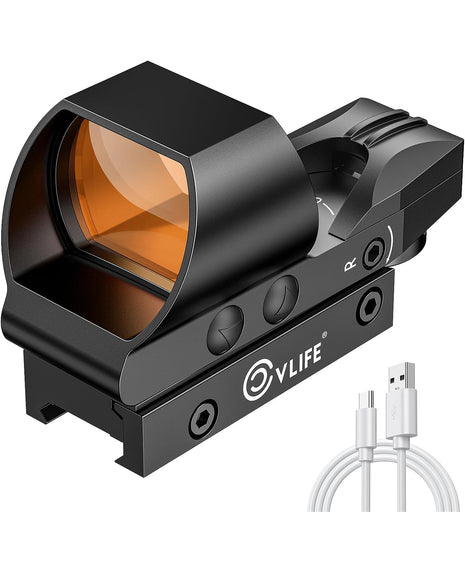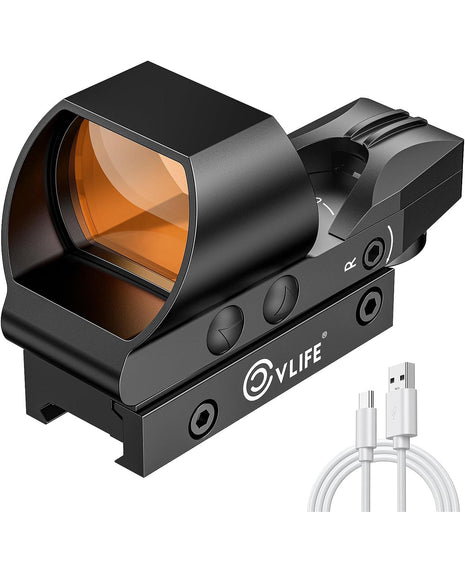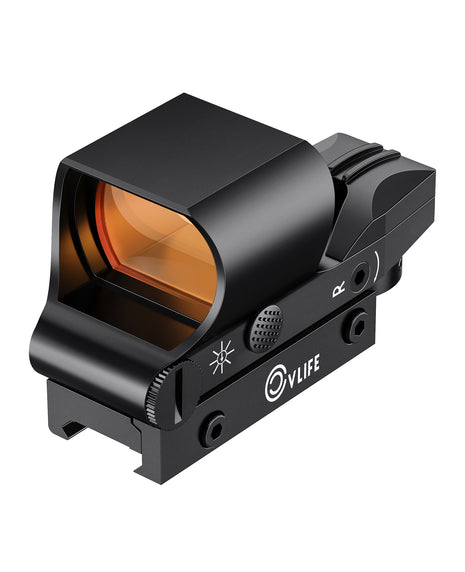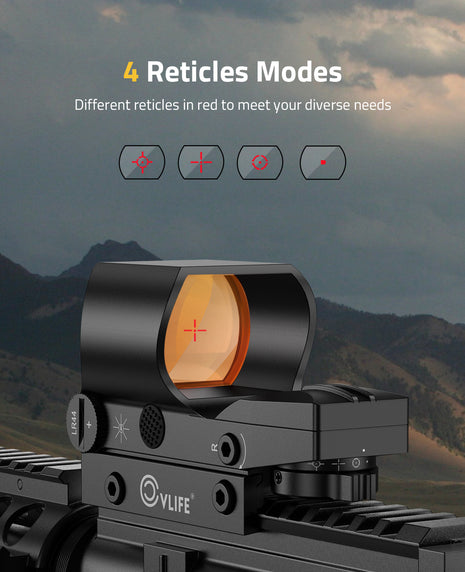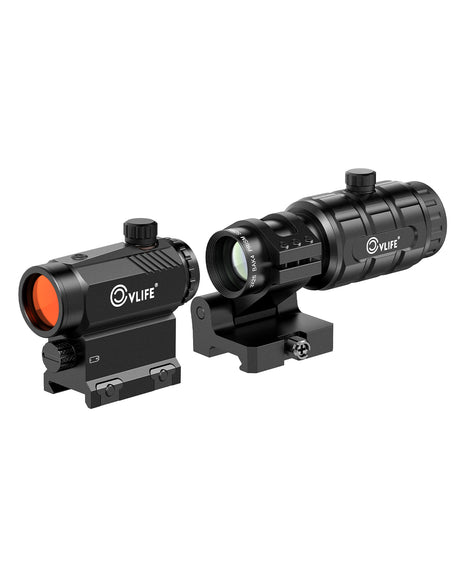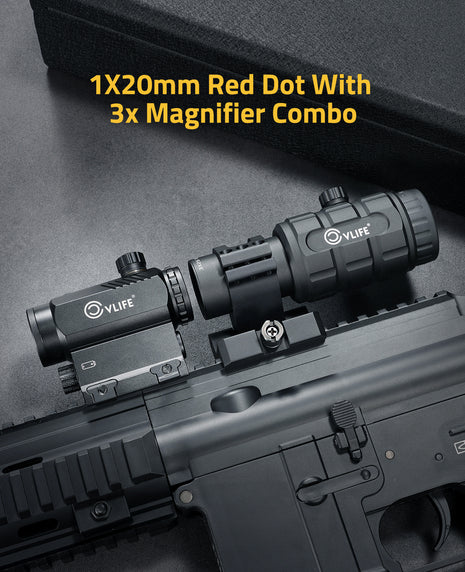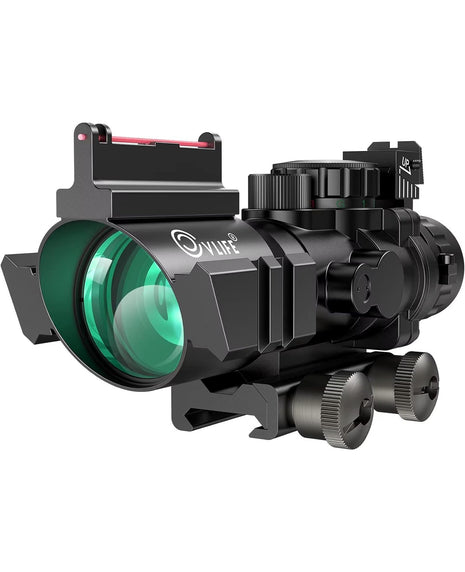SCOPE MOUNT BUYERS GUIDE
- 6 min reading time
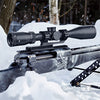
Even with that narrowed focus, there's a lot of range in scope installs. As constantly, objective determines equipment-- your first task must be to determine what scope you'll be installing, what firearm you'll be mounting it on, and what jobs you'll be utilizing it for. From there, you can figure out which mount would be most suitable for you by considering 6 main characteristics.
HEIGHT
Primarily, you'll need to identify the appropriate height of your install. At a minimum, your mount needs to be tall sufficient to allow your scope's objective lens to clear your barrel or rail. For LPVOs, you can basically select any height you like; really few are low enough to make mounting difficult. For scopes with larger objective lenses, you'll require to be more purposeful in your shopping.
Beyond guaranteeing your mount is high enough to be suitable with your scope and rifle, selecting the right height ends up being more subjective. For accuracy rifles, lower is typically thought about to be much better. For low- and medium-power scopes, it largely ends up being a matter of viewpoint and use case.
Rifles intended to be fired from fixed positions, specifically vulnerable or bench positions, benefit from the reduced mechanical balanced out and improved cheek weld of a lower optic height. On the other hand, rifles that will mainly be utilized when standing upright or while moving frequently benefit from a higher optic position.

CANTED VS LEVEL
Some mounts can be purchased with a specific amount of angle, called cant, integrated in. These canted installs increase the total quantity of down change offered to you by moving your absolutely no higher on the change range.
It works like this. If your scope has a total of 100 MOA of vertical adjustment, then your vertical change is 50 MOA in either instructions. But since projectiles drop over range there's no reason you would ever require to adjust 50 MOA in an upward instructions. On the other hand, if you're shooting at extremely long varieties or with a quality that drops precipitously, you might need more than 50 MOA to adjust for bullet drop.
Canted installs fix that issue by forcing you to change up a particular amount-- normally 20 MOA, although installs with other denominations are offered-- in order to zero. Now, instead of 50 MOA of down vertical change, you have 70, allowing you to reach farther targets.
QD VS DIRECT ATTACHMENT
In the beginning glance, this characteristic looks like a simple choice. Why wouldn't you want quick-detachment functionality? Modern QD attachment systems adequately secure for many cartridges however provide much easier installation and removal, in addition to the ability to get rid of the optic in the field without tools.
Every benefit includes tradeoffs, however, and QD systems are no different. Compared to basic bolts, QD attachment tends to be heavier, albeit only by a few ounces. It also tends to be more expensive, which can be a deal breaker for lots of purchasers.
In choosing in between the two attachment systems, think about whether or not you'll need or utilize the QD function. If you wish to have the ability to easily move the optic between rifles or if you need to be able to rapidly remove it in case of a failure to access your iron sights, then QD has worth. If your scope is remaining on your rifle and your backup sighting system is balanced out, then a QD mount isn't doing much for you.
Finally, you may need to think about the distinct requirements of your rifle. Big QD levers can be painfully in the method on certain side-charging rifles. Sometimes, this can be fixed by reversing the mount to move the levers to the side opposite the charging deal with, however not all mounts are reversible. This would likewise not be acceptable on ambidextrous rifles.

PRICE
We 'd all love to be able to buy the absolute best all of the time, but couple of people live with a completely unrestrained budget. For the rest of us, cost is often a factor.
With installs, you really often do get what you pay for. This is not to state that there is no application for affordable mounts; on the contrary, most people and many applications are best served by a mid-tier mount.
It is essential to consider what features you realistically require and which you can jeopardize to get the best worth from your mount. If you're aiming to attach one of our PLx scopes to a. 338 Lapua Magnum, then yes, you'll most likely desire a top-of-the-line install. But, you do not need an install designed to manage.338 recoil to include a 3-9x scope to your favorite.22.
Naturally, the majority of applications will fall somewhere in the middle, as will most mounts. You'll eventually need to decide on your own how much you want to invest and how much security you require from your install.
If you're wanting to conserve a couple of dollars, though, the top place to begin is with functions. Consider selecting a direct attachment install instead of QD, or forgoing innovative functions like secondary optic mounting if you won't require them. With all that in mind, let's take a look at a couple of ideal mounts for different applications.
INSTALLS FOR AR-15S
There are a couple of exceptions, but for the most part, AR-15s tend to be really light-weight rifles. Their recoil is usually mild as well, so a big, rugged install isn't required unless you're shooting a. 458 SOCOM or preparing to run your rifle in some really demanding situations.
An AR-15 scope mount ought to almost certainly be cantilevered. Again, there are exceptions-- specifically, AR-15s with monolithic upper rails-- but your average AR-15 will require a cantilevered mount to accomplish appropriate scope positioning without bridging the gap between your receiver and rail.
Most AR-15s have iron sights too, normally installed inline with the top rail. For that reason, we tend to predisposition towards QD mounts for AR-15s; that way, needs to your scope or mount fail or end up being obscured, you can quickly remove it to access your iron sights.
SUMMARY
In the end, it all comes down to your scope, your rifle, and your needs. Each situation is different, and there's an ideal time and location for each and every install we bring.
Start by identifying which associates you require simply to be compatible, such as height and cantilever, then work your method through which includes you need, and which can be passed over.

